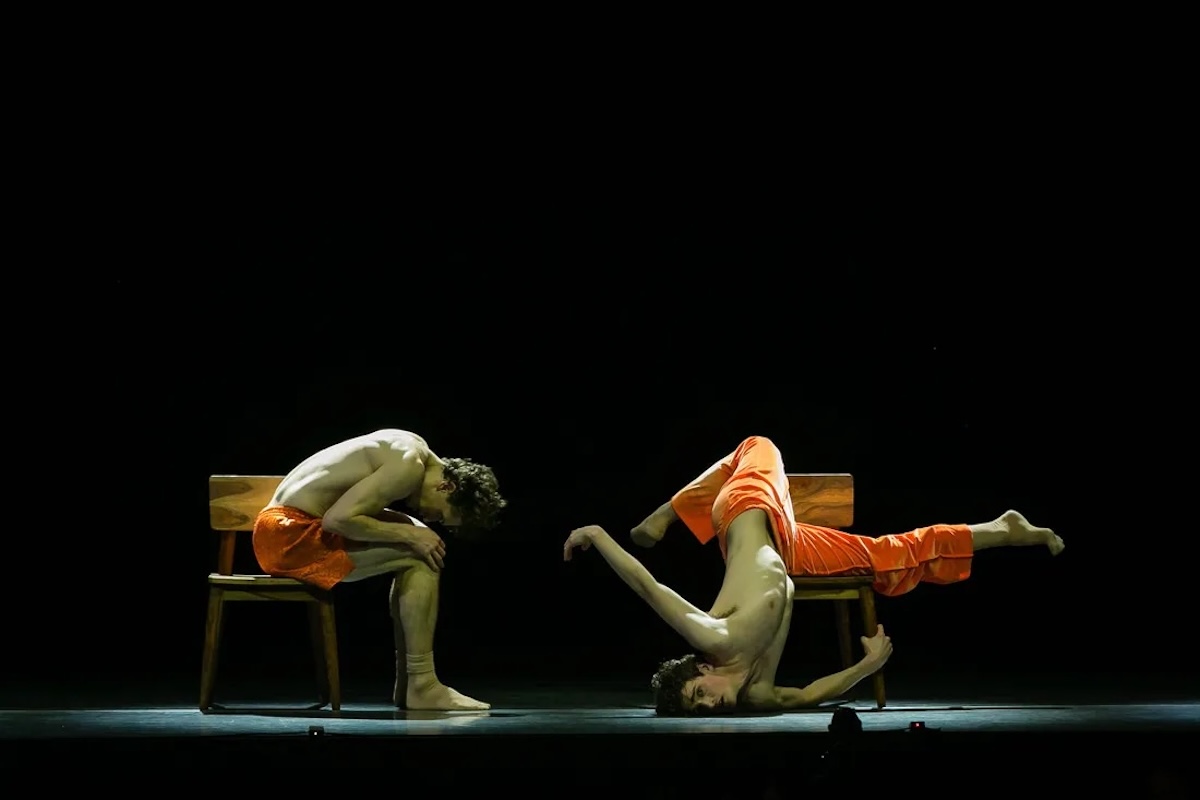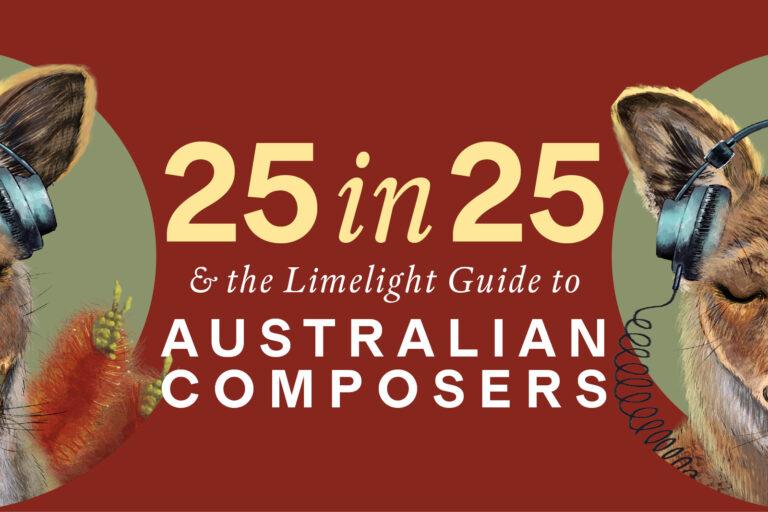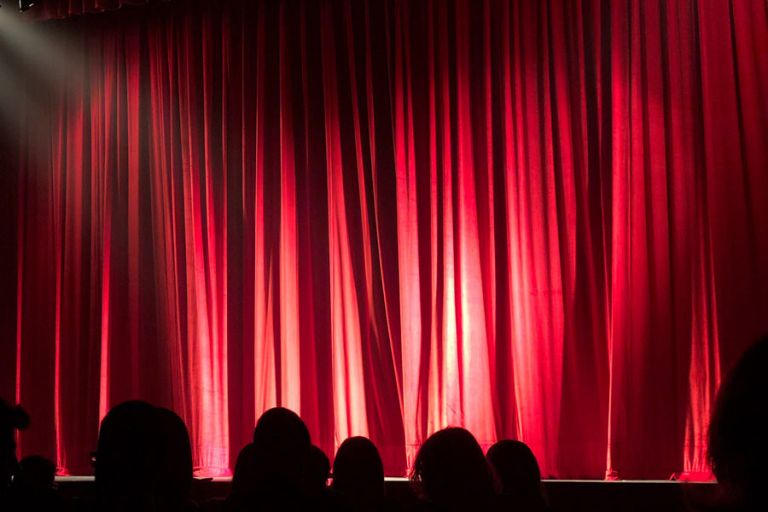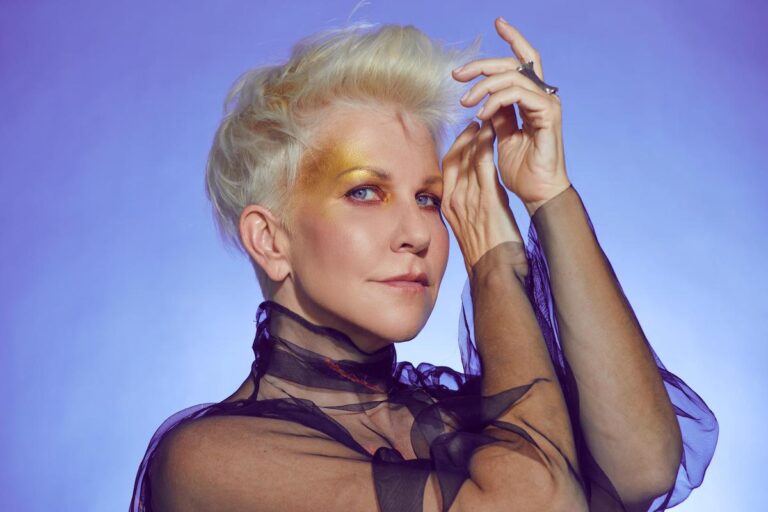The names of the choreographers are more than enough to recommend Prism, which brings together William Forsythe, Jerome Robbins – not seen on The Australian Ballet stage for 17 years – and TAB resident choreographer Stephanie Lake. It’s a terrific night of theatre: stylish, glamorous and varied in mood.
It’s also incredibly exposing for the dancers, who come up trumps. The bar (not barre; talk of that comes with the Forsythe work) has been set high and the challenge is met. The company looks wonderful.
The precision needed for Robbins’s Glass Pieces; the guts, personality and theatrical impact asked for by Lake in Seven Days; the sophisticated command of ballet technique that Forsythe demands and then explodes in Blake Works V (The Barre Project): they are all there on stage.
If there’s one quibble it’s this. Prism puts Glass Pieces first and Blake Works V closes the program. The effect would have been stronger if those positions had been reversed but you get why the choice was made. Forsythe is a living legend and honour must be paid. He came to Melbourne, where Prism opened in September, to put finishing touches on his work and took a bow on opening night. It must have been a thrill for the dancers to work with him.

Glass Pieces (Jerome Robbins). The Australian Ballet. Photo © Kate Longley
Wherever it sits, Glass Pieces is a stunner; dazzling and mysterious all at once. The music is by Philip Glass, now ubiquitous in ballet but not in 1983 when the work premiered.
The composer’s rhythms, pulses, patterns and subtly changing repetitions are illuminating.
The first section bubbles and swirls as a large, informally dressed crowd bobs and weaves across the stage, dodging three pairs of unitard-clad strangers. The second magical section delicately layers a long-breathing melody over a firm, insistent beat as a radiant pas de deux in the foreground and a hypnotic line of silhouetted women in the background vie for one’s attention.
The final section, driven by drums, gets 24 men and women on stage in formal arrangements that get ever-more complicated and then dissolve into happy chaos.

Seven Day (Stephanie Lake). The Australian Ballet. Photo © Kate Longley
Lake’s Seven Days had its premiere at Melbourne’s Regent Theatre, where it was warmly received. The smaller Joan Sutherland Theatre at the Sydney Opera House is, however, a far more congenial stage for it. The work feels more cohesive and its live-wire energy more concentrated in this space.
The cast of seven – four men and three women – is in constant motion, getting together, breaking up, caring for one another, having a spat, having a laugh. It’s always interesting when there’s a small, odd number of people. Situations become fragile. Bonds are more easily broken.
The action is fuelled by adaptations of Bach’s Goldberg Variations by Peter Brikmanis, some quite straightforward and others fascinatingly bent, stretched and loaded with unexpected instrumentation. Both dance and music are variations on variations. It’s a stimulating combination.
Blake Works (The Barre Project) was created during the pandemic as a filmed work honouring the way dancers kept up their daily practice under extremely trying circumstances. It later transferred to the stage and Forsythe then made iterations for a handful of companies. TAB is dancing Blake Works V.
This is cerebral dance with a deeply emotional impulse. Songs by British singer-songwriter James Blake shimmer and echo as movement is thrown off kilter, twisted, turned and accelerated. It is ultra-high-definition movement, presented with razor-sharp precision.
You could watch each of Prism’s three works again and again and again and still not exhaust their possibilities.
The Australian Ballet’s Prism is at the Sydney Opera House until November 15.











Comments
Log in to start the conversation.